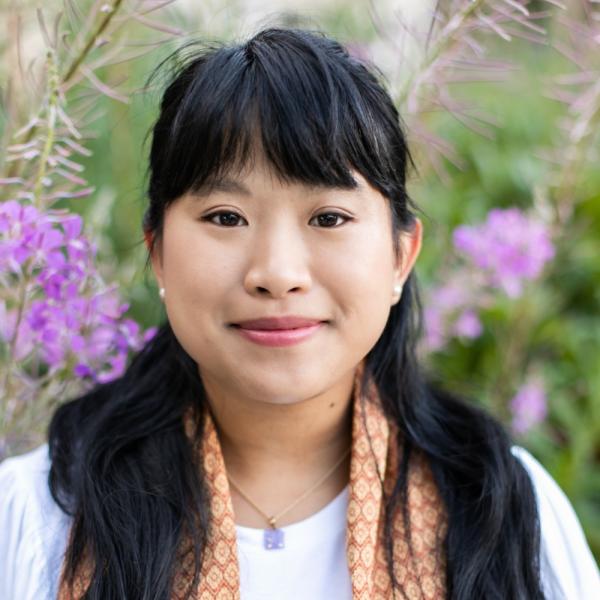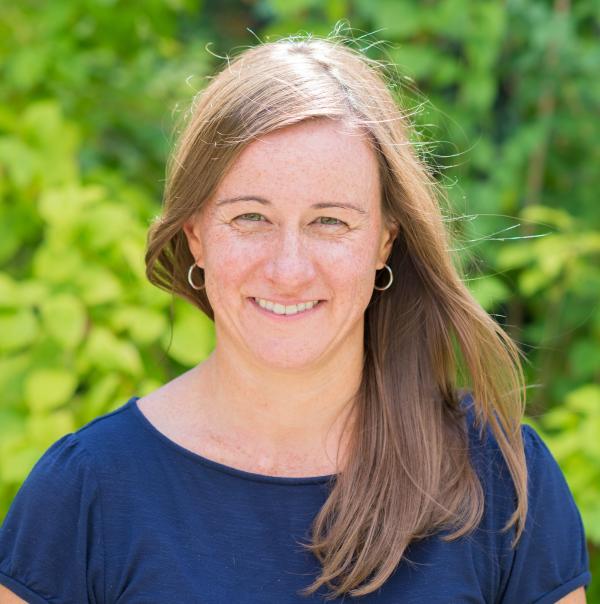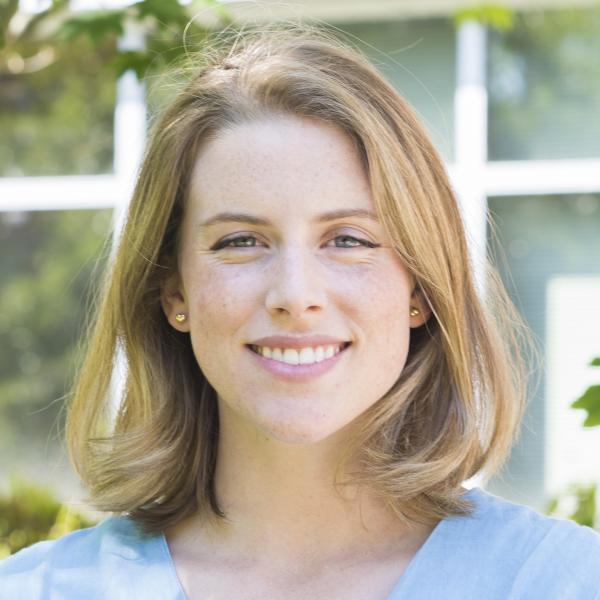The three partner organizations worked to advance the research priorities identified by AZA’s Conservation Education Committee (CEC) and Research and Technology Committee (RTC) by examining the following research questions:
1) What are the public perceptions of zoos and aquariums (Z/As) within the national informal STEM learning ecology? and How does the public institutional voice of Z/As outside of their walls advance STEM learning objectives?;
2) What are the conditions of the visit within the life stage and learning ecology of the individual? How are entry themes reconciled with institutional mission?; and
3) What are the entry characteristics of visitors and how do those characteristics play out in behaviors during a visit?
The project was directly supported by an expert informal learning advisory panel, drawn from the AZA leadership community as well as peers from the STEM learning research field.
The project was a research collaborative where each team explored parallel research questions to understand how zoos and aquariums fit in the cycle of learning. Researchers explored the authority the public ASSIGN’s to zoos and aquariums, the ideas they BRING with them when they visit, what they DO when they visit, what they TAKE away, and how they INTEGRATE the experience and media about these places into their lives.
The OSU team specifically explored what visitors DO during a Z/A visit (behaviors) and what they TAKE away from the experience (learning outcomes). The OSU study was divided in to the following three sub-components: characterizing groups, a tracking study using GoPro cameras, and interpretive strategy in-situ study. To characterize groups visiting zoos and aquariums, OSU placed cameras at the entrance of a sample of zoos and aquariums across the country to record visible group characteristics. OSU also conducted intercept interviews at the entry of each Z/A for verification of group characteristics and to provide an estimate of error for our coding process. As part of the tracking study, we intercepted a sample of visitors to Z/As for entry and exit interviews and we collected video and audio data of the groups’ visit using mobile cameras. Finally, the in-situ study of interpretive strategies used video and data from cameras and microphones placed at sample exhibitions to capture differences in group behavior and meaning-making for two experimental conditions.



